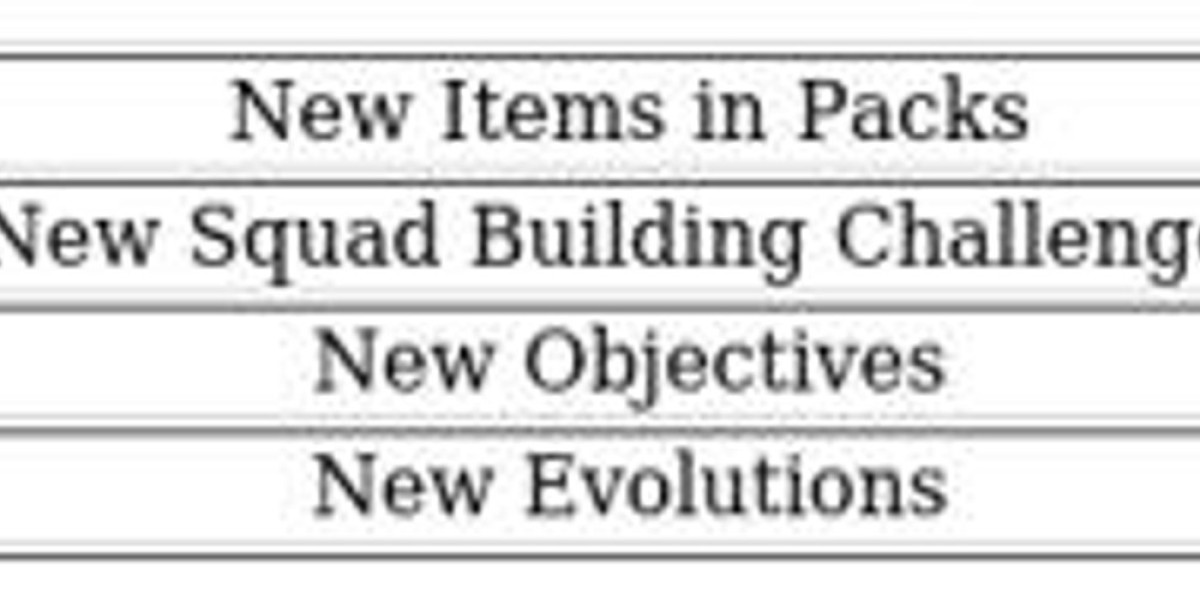The Recycled Polyester Staple Fiber Market is gaining significant momentum worldwide as the demand for eco-friendly and sustainable alternatives in the textile and industrial sectors rises. Derived from post-consumer PET bottles and industrial polyester waste, recycled polyester staple fiber (RPSF) is increasingly used in applications ranging from apparel and home furnishings to automotive interiors and geotextiles.
As the global community shifts toward circular economies and reduced carbon emissions, RPSF stands out for its environmental benefits, durability, and cost-efficiency. It not only reduces landfill waste and dependency on virgin petroleum-based polyester but also offers equivalent mechanical properties for diverse end uses. Governments, manufacturers, and consumers are now actively seeking greener materials, thus boosting demand for recycled polyester fiber.
Driven by regulations on plastic waste reduction and growing awareness of sustainable products, the RPSF market is poised to witness consistent growth in the coming years. Its expanding role in fashion, automotive, and building materials industries is opening new avenues for innovation and investment.
Request a Sample Report:
https://dataintelo.com/request-sample/271810
Key Market Drivers
The Recycled Polyester Staple Fiber Market is being shaped by several critical growth enablers that reflect both consumer preferences and regulatory changes:
Sustainability Push: Increasing global initiatives to curb plastic pollution and promote green materials.
Cost Efficiency: RPSF offers competitive pricing compared to virgin fibers, making it attractive to price-sensitive markets.
Growing Textile Demand: The fashion and home furnishing industries are turning to recycled materials to meet consumer and ESG expectations.
Additionally, rising oil prices and the instability of virgin polyester supply chains have further bolstered the preference for recycled alternatives, giving manufacturers both economic and environmental advantages.
Major Restraints
Despite its many advantages, the RPSF market also faces some limitations:
Quality Inconsistencies: Variability in raw material sourcing can lead to uneven fiber quality.
Limited Awareness: In certain emerging regions, consumers and businesses remain unaware of the benefits of recycled fibers.
Processing Challenges: Recycling technologies and equipment require significant capital investment and technical expertise.
These challenges, though present, are being mitigated through ongoing R&D, awareness campaigns, and industry collaboration to standardize RPSF production quality and improve accessibility.
View Full Report:
https://dataintelo.com/report/recycled-polyester-staple-fiber-market-report
Market Opportunities
Amid growing environmental concerns and innovation in material sciences, the Recycled Polyester Staple Fiber Market presents numerous untapped opportunities:
Smart Textile Integration: Use of RPSF in smart and functional textiles like flame-retardant or antimicrobial fabrics.
Automotive Applications: Expansion into seat padding, insulation, and soundproofing components in vehicles.
Infrastructure Growth: Adoption in geotextiles for civil engineering projects in developing countries.
Furthermore, innovations such as chemical recycling and closed-loop systems are enhancing fiber quality and recyclability, attracting forward-thinking manufacturers and investors.
Global Market Trends and Forecast
The global Recycled Polyester Staple Fiber Market is projected to grow at a robust CAGR through the next decade. Increasing preference for eco-labeled clothing and industrial products is a primary contributor to this upward trend.
Manufacturers are focusing on reducing their environmental impact by sourcing high-quality recycled raw materials and adopting energy-efficient production processes. The apparel industry, in particular, is witnessing strong demand for recycled fibers as brands strive to meet sustainability targets.
Emerging Market Trends Include:
Rise in RPSF use for technical textiles in construction and agriculture.
Consumer demand for transparency and eco-certifications.
Shift from mechanical to chemical recycling methods for higher purity fibers.
Check Out the Report:
https://dataintelo.com/checkout/271810
Regional Insights
The Recycled Polyester Staple Fiber Market exhibits dynamic growth patterns across key regions:
Asia Pacific: Dominates global share due to large-scale textile production, especially in China, India, and Southeast Asia. Government support for plastic recycling is reinforcing market expansion.
Europe: Strong growth driven by stringent environmental regulations and circular economy goals.
North America: Steady adoption due to green consumer trends and brand-level sustainability commitments.
Middle East & Africa / Latin America: Growing urbanization and infrastructure projects are creating new demand for RPSF-based materials.
Asia Pacific is expected to remain the most lucrative market, with expanding production facilities and export-oriented growth strategies.
Market Segmentation
To understand the market in depth, the Recycled Polyester Staple Fiber Market can be segmented based on:
By Type:
Solid
Hollow
By Application:
Apparel
Home Furnishing
Automotive
Filtration
Construction
Others
By Distribution Channel:
Direct Sales
Distributors
Online Platforms
The hollow fiber segment is gaining momentum due to its superior insulation and cushioning properties, making it suitable for pillows, jackets, and car seats.
Request a Sample Report:
https://dataintelo.com/request-sample/271810
Future Outlook
The future of the Recycled Polyester Staple Fiber Market looks bright as industries and governments push harder for sustainable raw materials. Continuous improvements in recycling technologies and better global coordination on plastic waste reduction are likely to increase RPSF adoption across new and existing applications.
In the long run, the RPSF market is expected to play a pivotal role in decarbonizing textile manufacturing, reducing ocean plastic waste, and supporting a more circular fashion economy.
Key Developments to Watch:
Expansion of global recycling infrastructure.
Rise in certified sustainable product lines by major brands.
Cross-industry collaborations to improve raw material recovery rates.
Conclusion
The Recycled Polyester Staple Fiber Market is rapidly transforming as sustainability moves from a buzzword to a business imperative. With growing applications, regulatory support, and consumer backing, RPSF is emerging as a material of the future. Companies and governments that invest in this eco-friendly solution today are positioning themselves at the forefront of tomorrow’s green economy.








